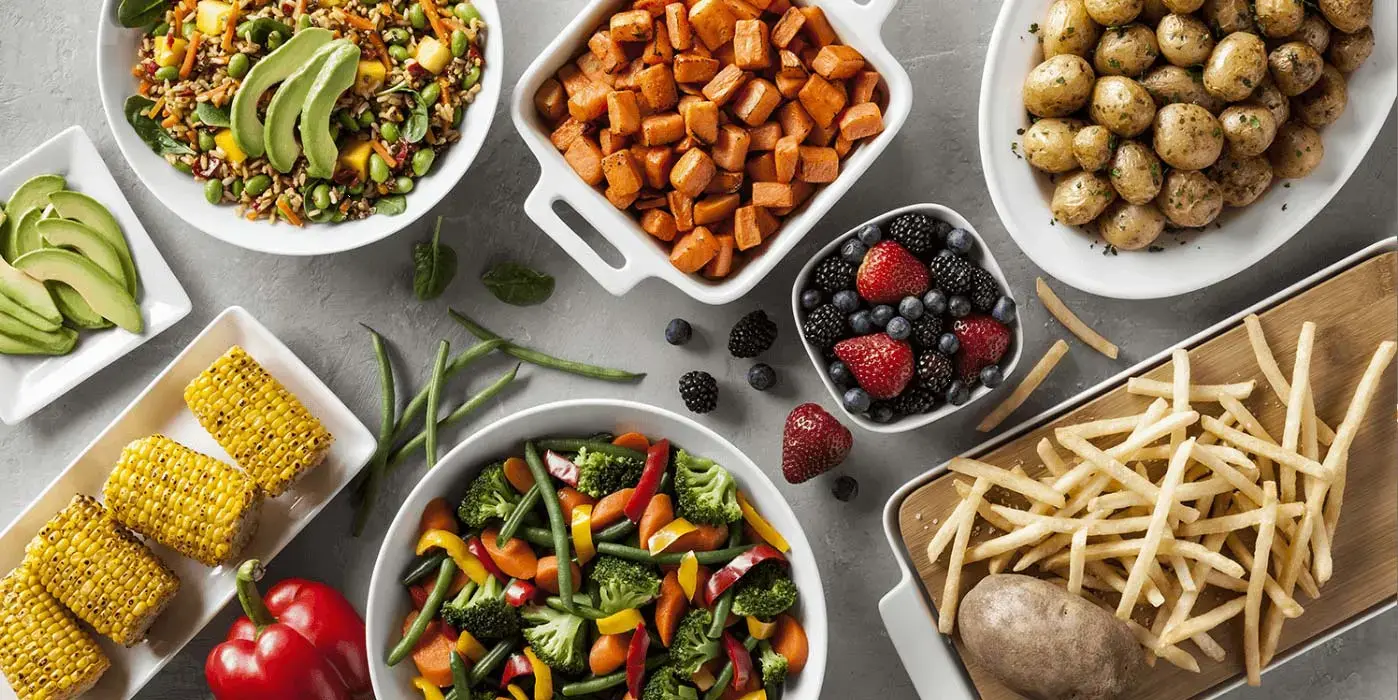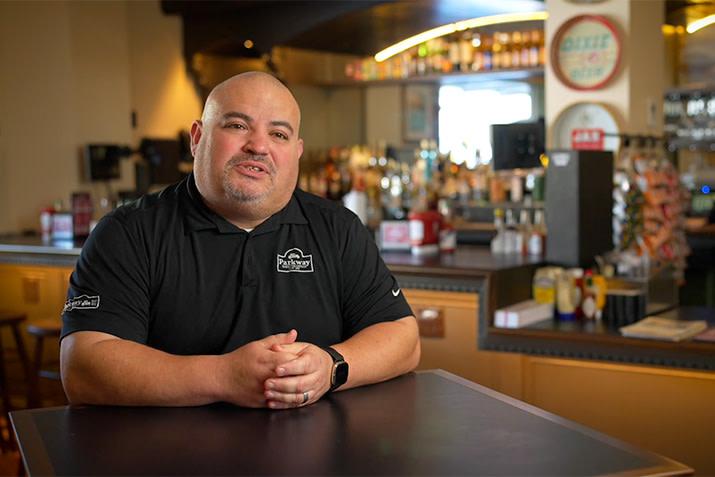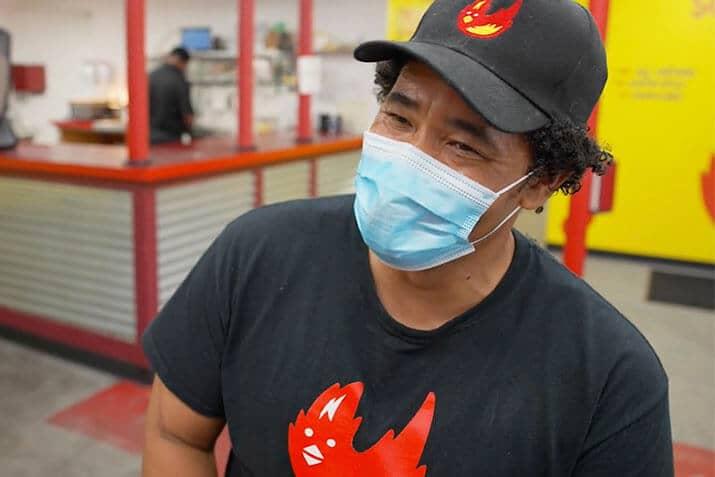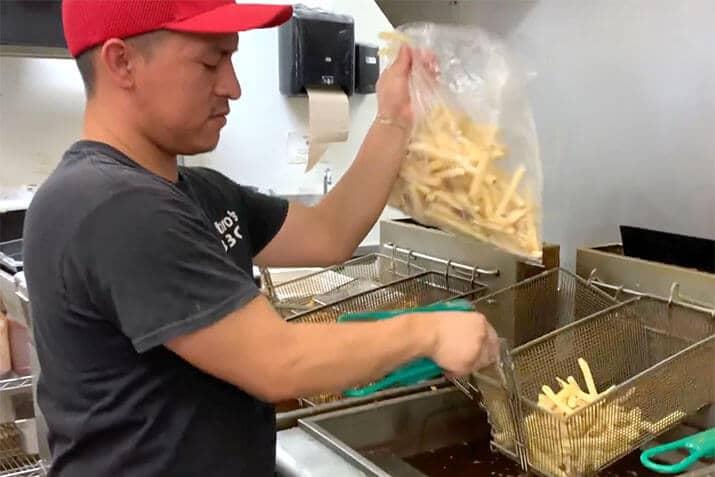Kitchen Stories
Differentiate or Die: How Unique Fries Help a Jersey Shore Operator Stand Out
9/28/2020
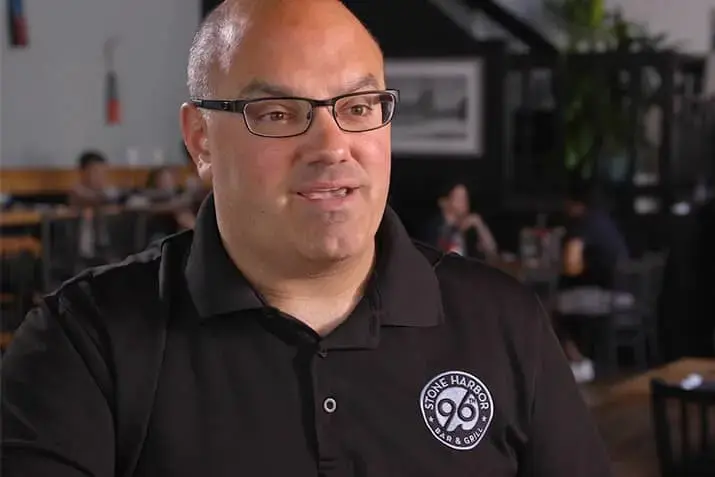
Competition has always been stiff in the restaurant business. But it’s especially tough on the Jersey Shore near Stone Harbor, New Jersey. There, dozens of operators have only 15 weeks to make the bulk of their annual profits before their summer season ends.
“They call this the Seven Mile Path. There are just loads of restaurants here. So, you’ve got to be unique,” says Brett DeNafo, owner of the Stone Harbor Bar & Grill, a casual dining restaurant in the heart of Stone Harbor. “You have to bring in the best quality, new items. I'm always trying to be one step ahead of everybody. I've always been like that.”
A long-time Jersey restaurateur, DeNafo is a student of his competition, keeping close tabs on what the they’re serving. Over the years, he’s learned that one product category merits special attention in the quest to differentiate: french fries.
Having uncommon fry shapes proves critical
DeNafo believes the quality of his fries is as important as that of the seafood, burgers and shakes that headline his menu.
“Fries are extremely important to our customers,” he says. “If you have bad fries, it ruins the whole thing.”
Recently, DeNafo decided it was time to retool his fry selection when he noticed his competitors all seemed to be using a fry similar to his.
“I looked and we found this Blue Ribbon Crinkle Cut that no one has in the area and we brought it in,” DeNafo says. “When a burger comes out on a plate, it looks totally different. You’re not going to find a fry like that in this area. I've already had customers—last night I'm walking by the tables—saying how great the fries are.”
Beyond its visual punch, Blue Ribbon’s practical performance weighed heavily in his evaluation.
“I look at three things: how well it holds heat, how long it stays crisp and how it tastes,” he explains. “It takes 10 or 15 minutes to eat a sandwich. If your fries don’t hold up for 10 to 15 minutes, your sandwich won’t either.
“I would tell people to do a taste test. Put the Simplot Blue Ribbon Crinkle Cut up against a couple other brands. Have your employees test them too. I’m pretty sure they’re going to pick the Simplot.”
You don’t see a sweet potato fry like this every day
“Sweet potato fries are definitely a hot item right now. If you don't have a sweet potato fry in your business, you're not doing something right,” DeNafo says.
But not just any sweet potato fry will do at his restaurant.
Eager to differentiate, DeNafo decided to switch out his Simplot Sweets® sweet potato straight cut for the lattice cut from the Simplot Sweets® line. Along with the visually appeal shape, he gets the added benefit of additional hold time and crispness.
“That's another great product that holds really nice. It's unique,” he says. “You don't see too many [sweet potato] lattice or waffle fry, so when that comes out, people are like, ‘Wow, this is really nice.’ The people who get them, there's no fries left. That's always a good sign. It's become a very big thing.”
Does it make sense to pay more for fries?
Price will always factor into buying decisions. But according to DeNafo, there’s more to it than just the price per pound. He knows fried potatoes are America’s #1 favorite side dish across all age groups. They’re also relatively cheap given the value the provide and the prices they command.
“Even if you buy a better fry and it’s costing more money, it’s not that much more. Fries are nothing,” he explains. “Compared to what you’re paying for meat or chicken or seafood, fries are always the lowest cost, so it’s a very high profit item that you’re making a lot of money off of.
“So for me, I'm not worried about the bottom line on fries. I just want to make sure I have the right quality fry because I believe in having good products. And if you don't put a good product in, that customer's not going to come back to you.”
DeNafo further leverages the profitability of his Simplot Blue Ribbon® Crinkle Cut in popular loaded fry appetizers.
“I also do a loaded fry that we put Colby Jack cheddar cheese, bacon, and scallions on it. We cook it in the oven. That's a very low, very low-cost item that you're making a lot of money off it,” he says.
So it only makes sense that DeNafo is choosy about who makes his fries.
“When you look at Simplot, you're looking at quality,” he adds. “I don’t think I’ve ever had a bag of bad fries in 20 years. I’ve never had a bag of fries that had all little pieces in it. I’ve never had a box that’s been all torn apart. The quality control—I think that’s what people don’t understand.”
Counting on Simplot’s broad product portfolio to reduce his kitchen labor
“Most of my stuff here is fresh. All my seafood, all my poultry, and most of my vegetables are fresh. When you do fresh stuff, you have to cut the carrots. You steam 'em. There's a lot more labor involved in doing that,” DeNafo explains.
Much of his kitchen staff, however, is made up of college students who return to school at the end of August, before his 15-week season has ended. DeNafo overcomes this challenge by using Simplot frozen vegetables for specific dishes to reduce kitchen labor vs. fresh.
“We used to sauté carrots and green beans and roast our own potatoes. This was the first frozen product we used.
“RoastWorks Corn & Black Bean Fiesta. That's what I use, and the product is outstanding. That's a frozen product and it's great, because you can't even tell,” he says. “One of my reps told me about it and I contacted Simplot and then I got some samples of it. We just fell in love with it right away. The roasted has a little bit of a darker color on the corn, and it gives a little bit more color to the dish.
“We used to sauté carrots and green beans and roast our own potatoes. This was the first frozen product we ever used. Even if you have an upper scale, fine dining [restaurant], I would check out the product,” say DeNafo.
The fact that he could get such a product from one of his favorite suppliers was all the better.
“Simplot isn’t just a fry company anymore. It’s nice that I can get some other products from them because we already have a great relationship,” say DeNafo. “When they bring more products to the table, that makes my life easier, and I know they’re not going to put their label on something that’s not a good product.”
